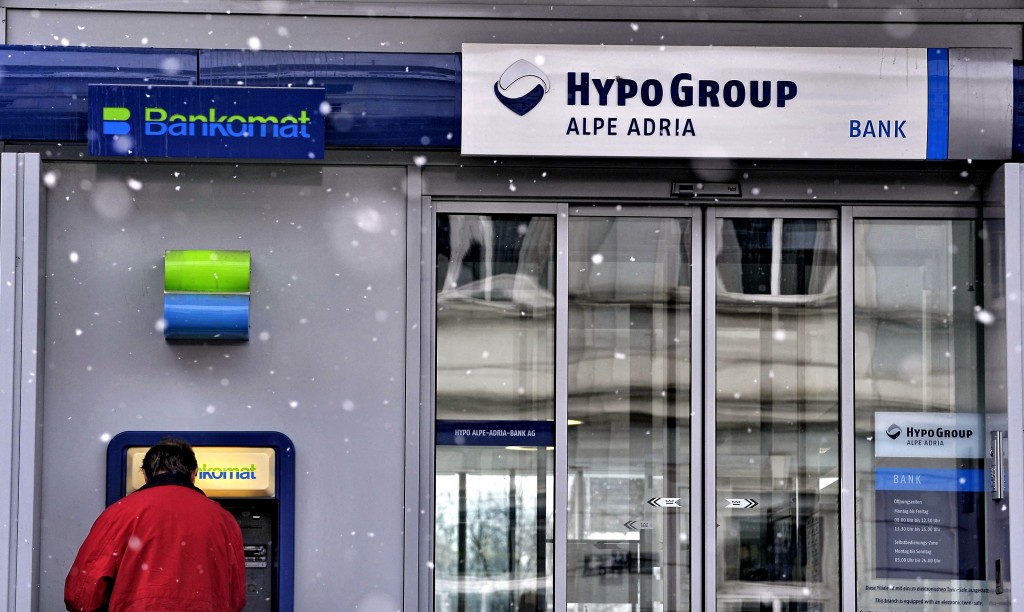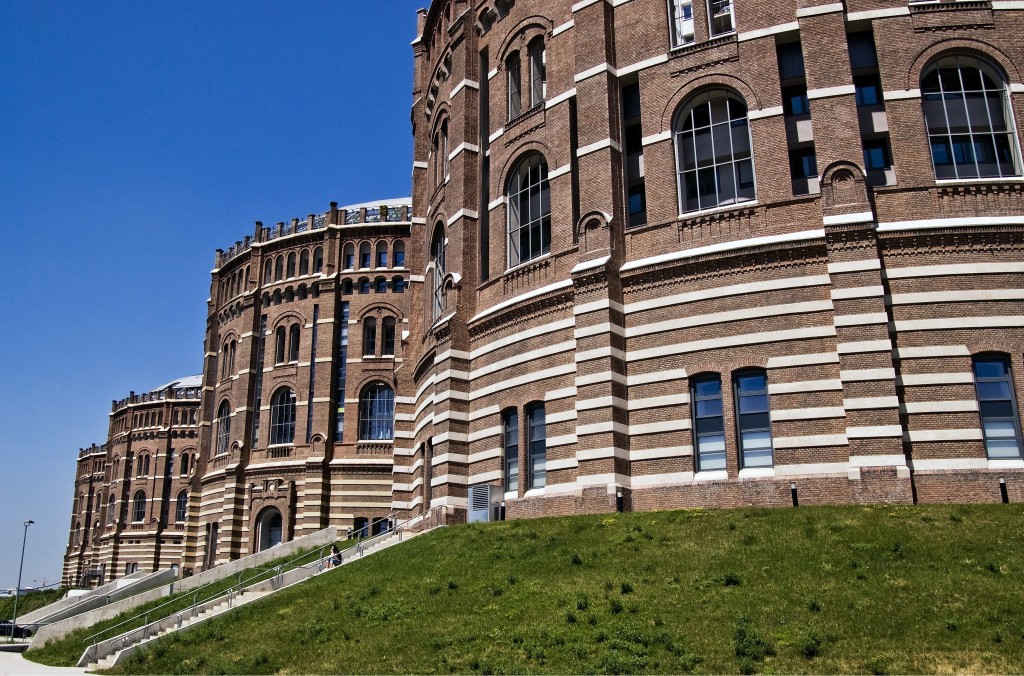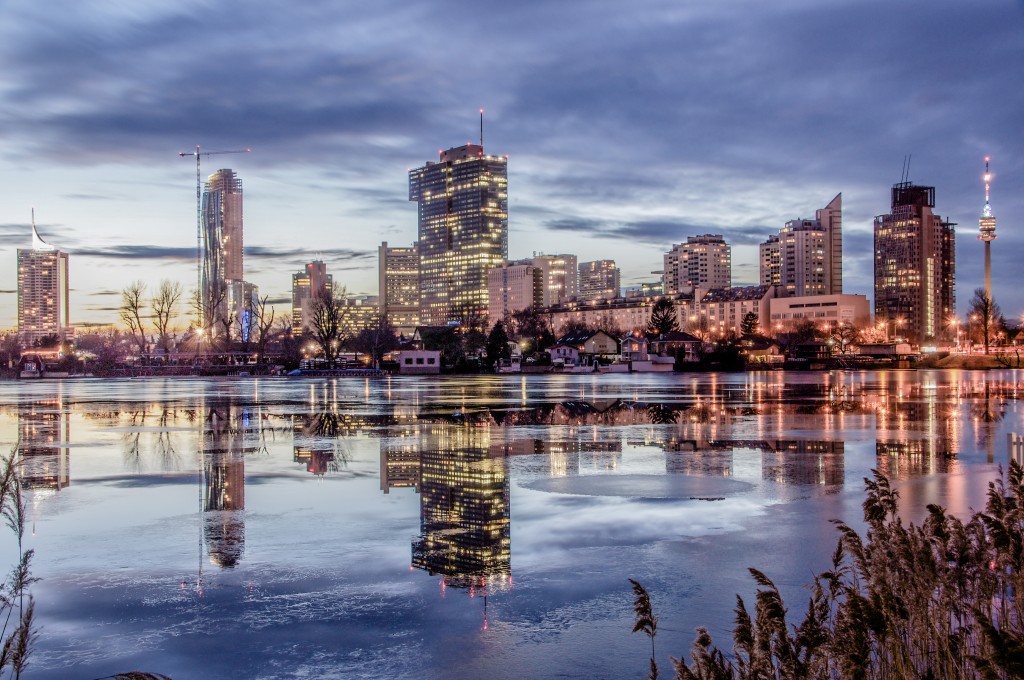When the Iron Curtain existed, Vienna was a neutral capital positioned just a few miles from the borders of then Socialist countries, making it a natural centre for all businesspeople who wanted to expand their businesses “over the fence”. When the Iron Curtain fell, Austrian companies were the first to “leap the fence” and establish their businesses in Middle Europe, Eastern Europe and the Balkans, before others had even thought to do so. How is Austria using its good geostrategic position as a business asset?
If you change your mind, I’m the first in line
Austria, due to its geographical position, was destined to be the first in line to expand to Eastern European countries. “If you change your mind, I’m the first in line”, goes the old ABBA song. And, indeed, Eastern Europe changed its mind in 1990, and the Austrians were the first in line. Okay, maybe it was in the first row, together with two other countries on the edge of the EU that shared borders with former Socialist countries. Those other two are, of course, Italy and Greece. And there is little to wonder or be confused about: it is a well-known fact that all businesses align with politics and geography. People tend to invest in countries which speak their language, that were previously in the same country or were part of the sphere of influence, or simply belonged to the same old empire. Spanish companies invested heavily in Latin America, Spanish banks are everywhere, and Telefónica bought many telecoms companies in former Spanish colonies and even in Brazil. As a gateway to Latin America, and due to them sharing a common cultural background, this was quite logical. British companies are basically always interested in their own sphere of influence.


They were not the first to invest in Central and Eastern Europe when the Iron Curtain fell in 1989. Austria had the perfect position: it was a bordering country, was full of zeal, and shared a common historical background with all of these countries. They said “Western Europe stops at Vienna’s gates”, and further to the East are some “strange people”. Many in the West were afraid and reluctant to invest but… Not the Austrians. They had amassed centuries of experience in dealing with these people, from the Habsburg times, and they utilised that experience well.
Read the full text in our printed issue or subscribe digitally on Magzter! Both subscriptions are on the right!
